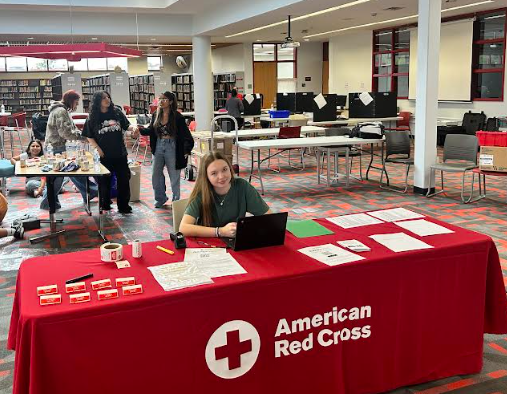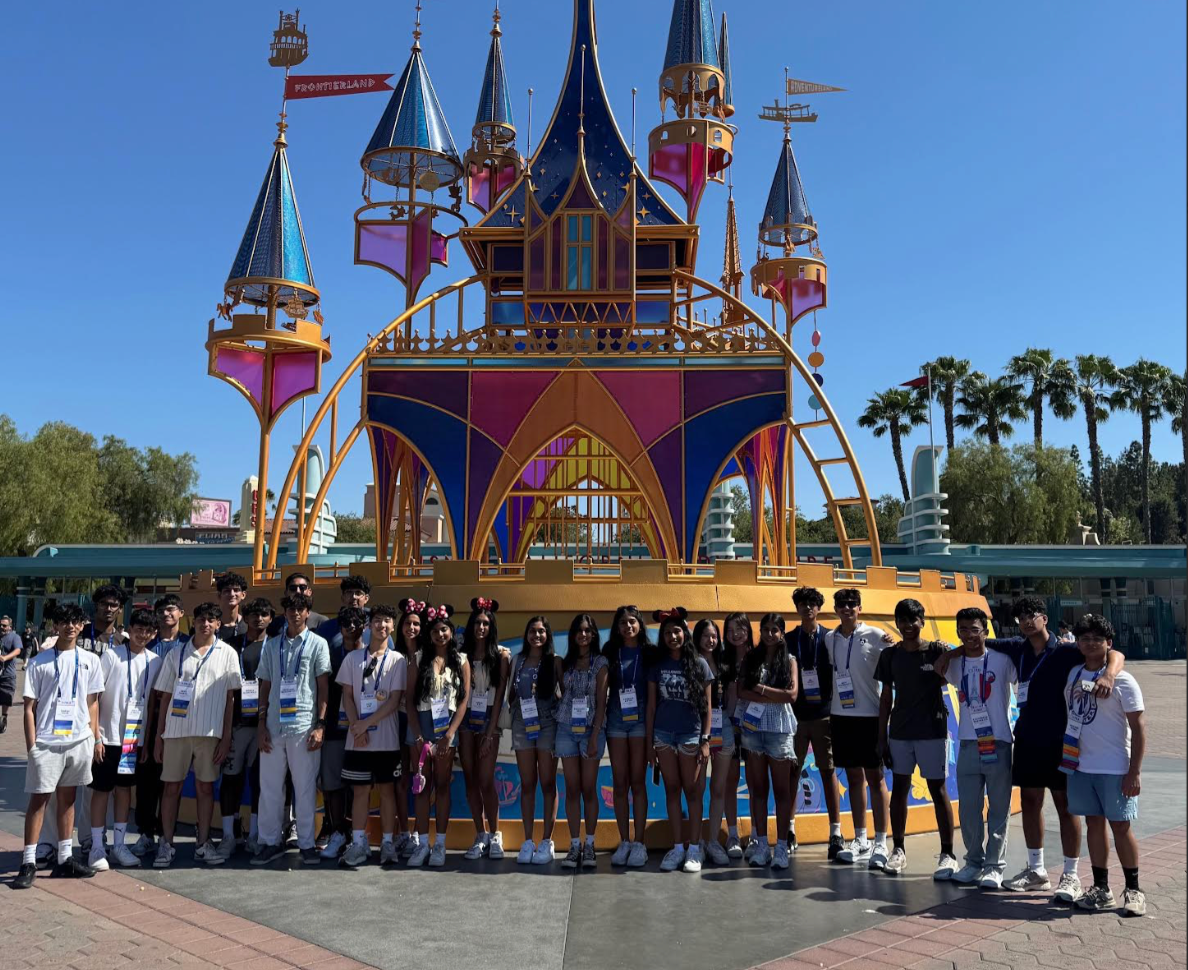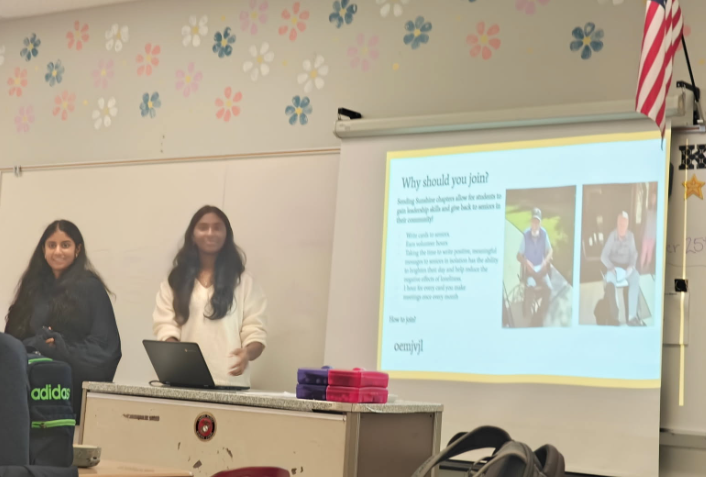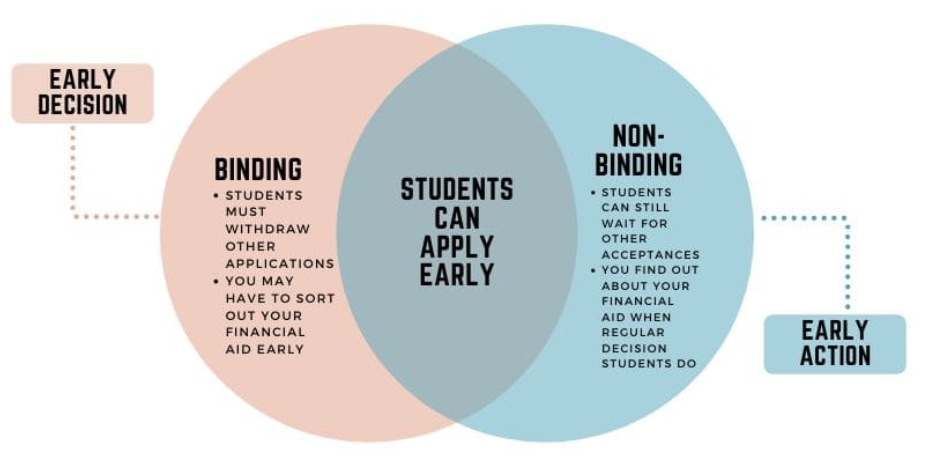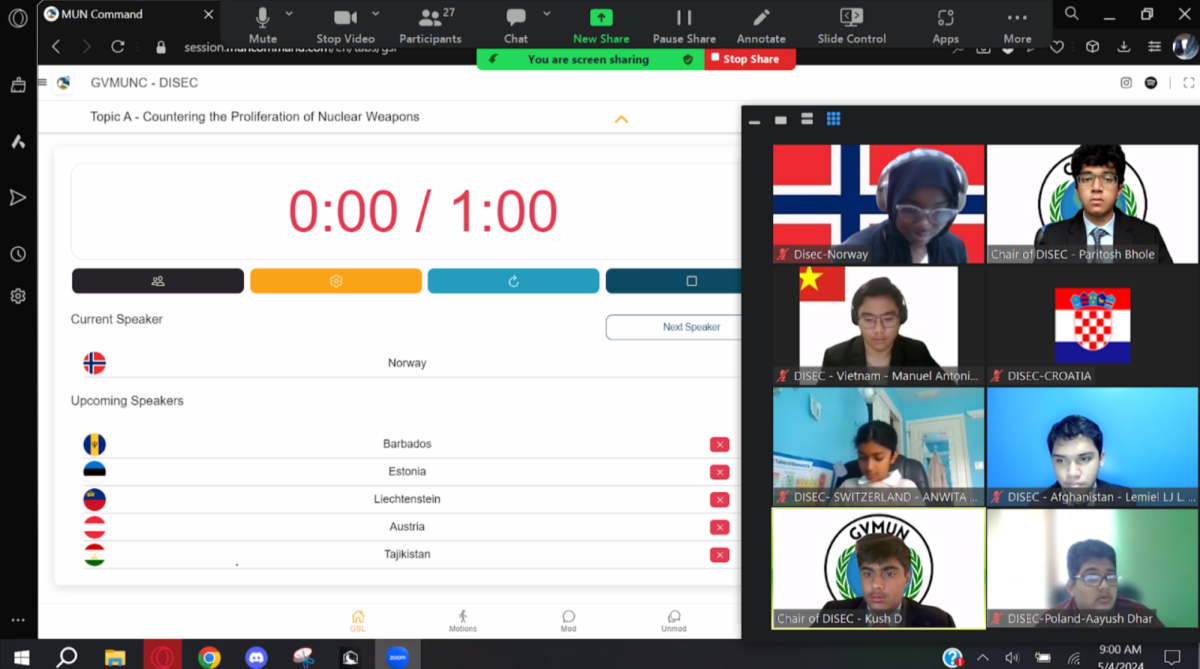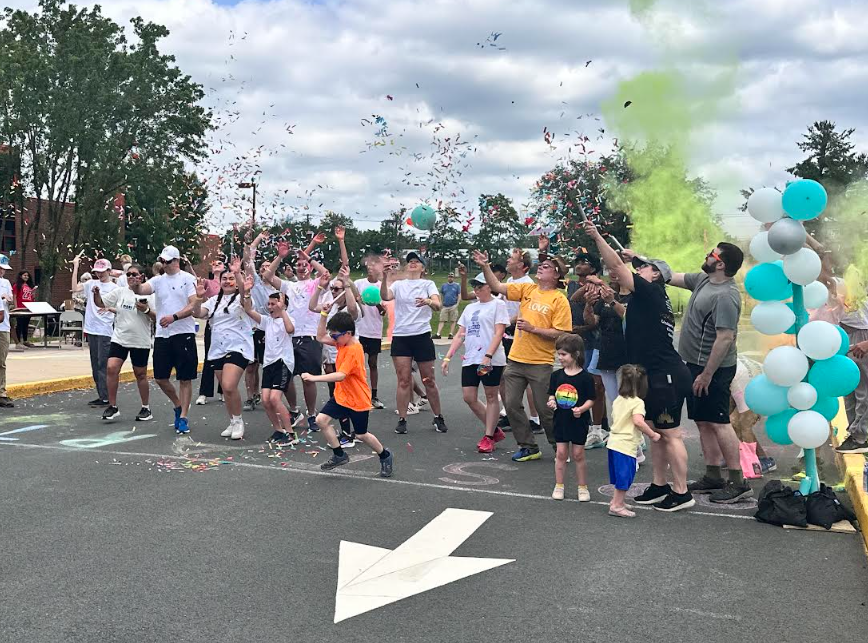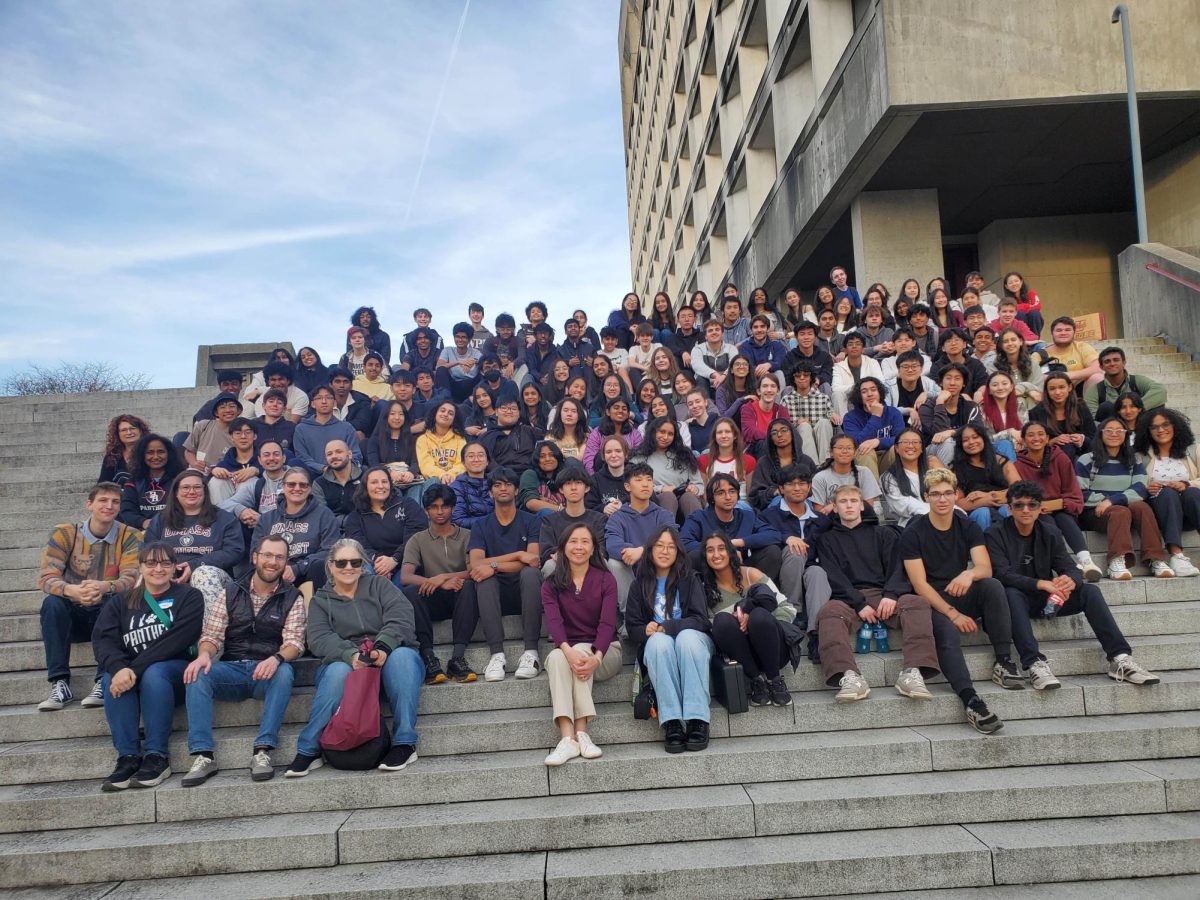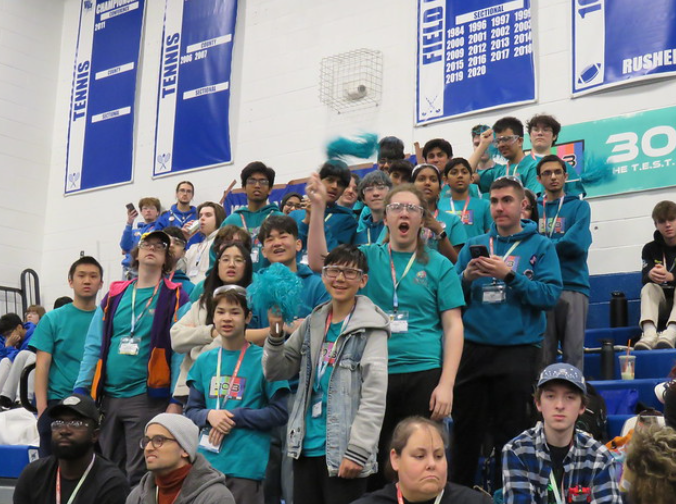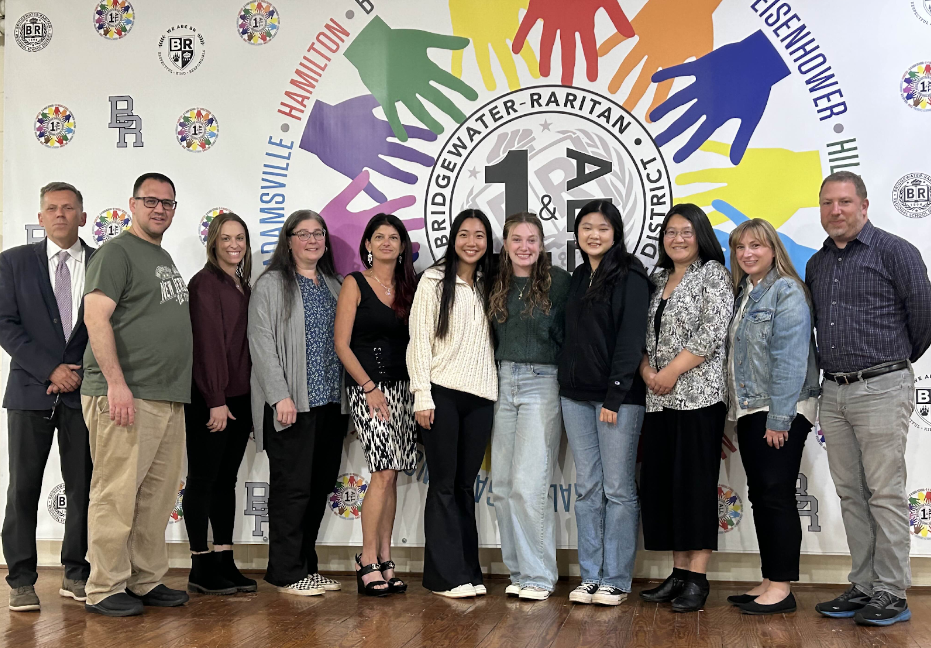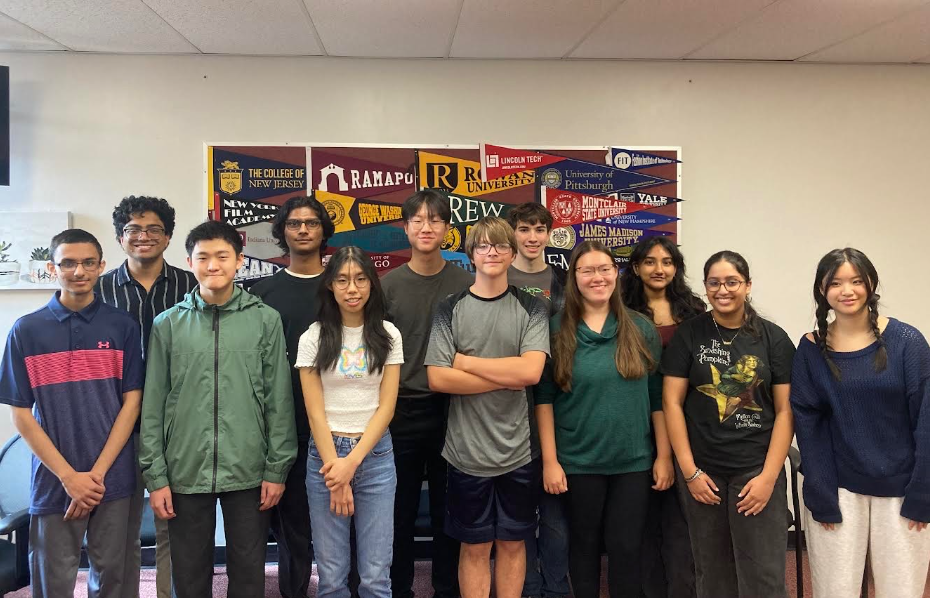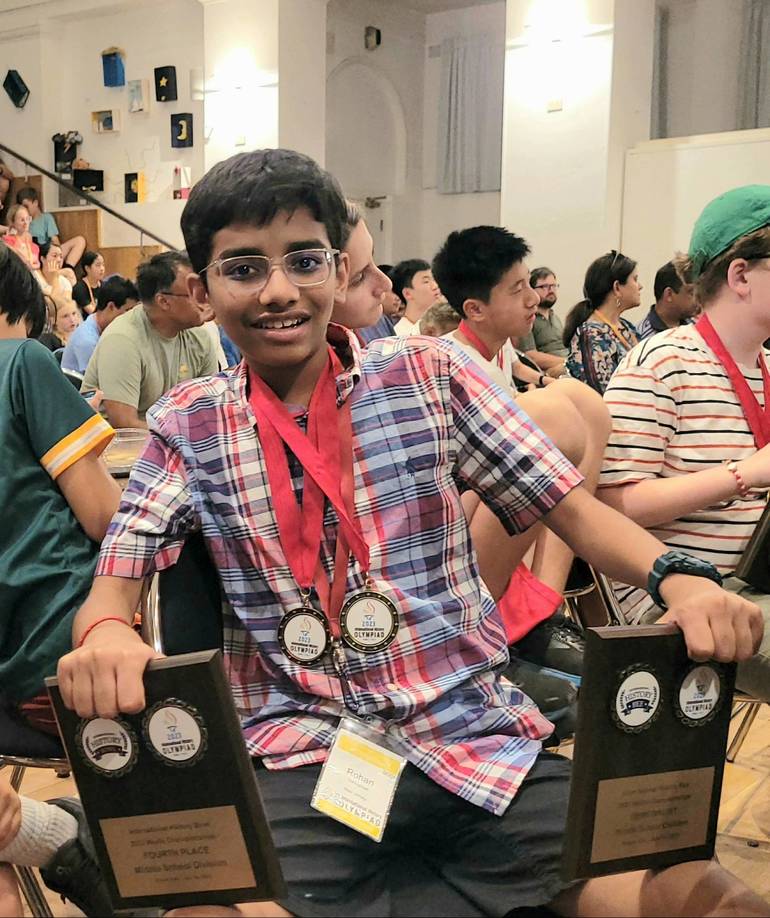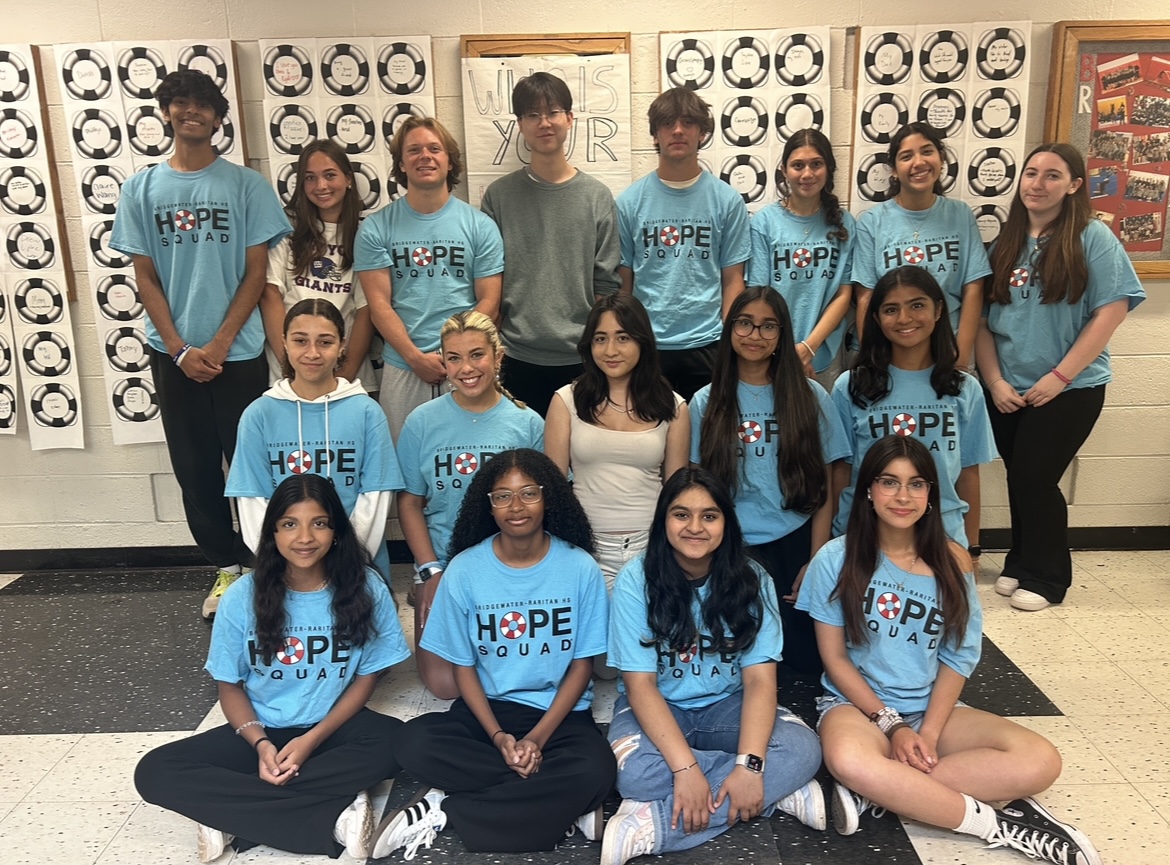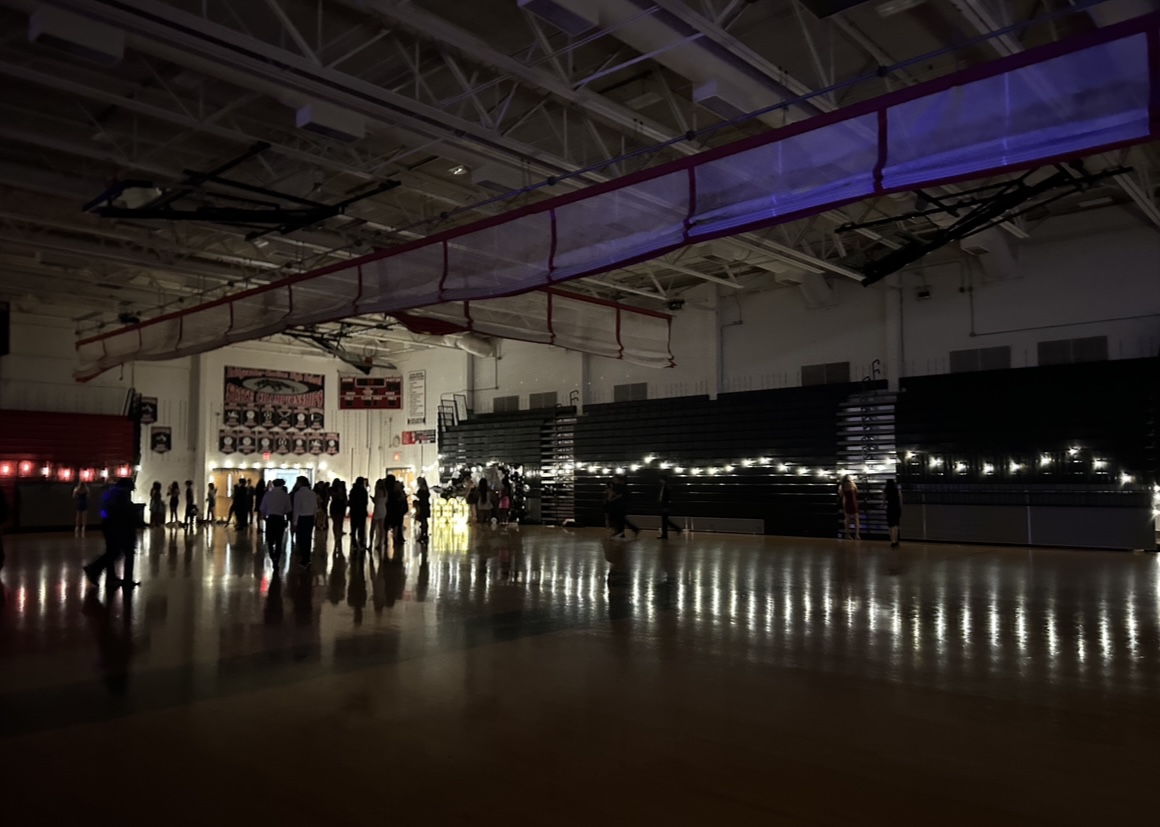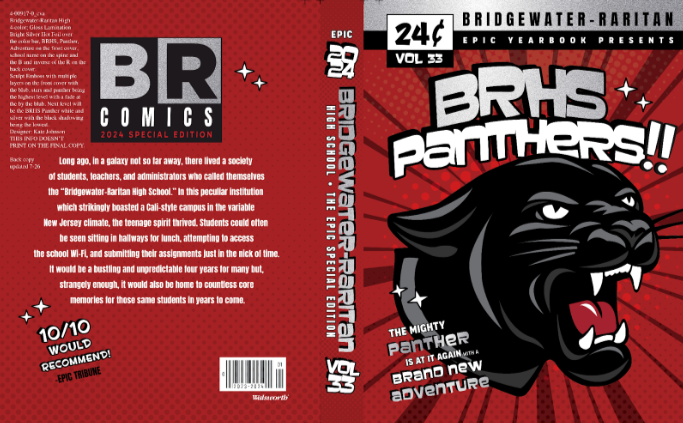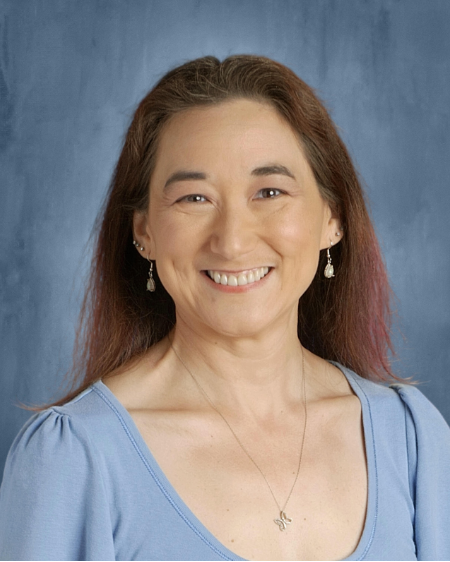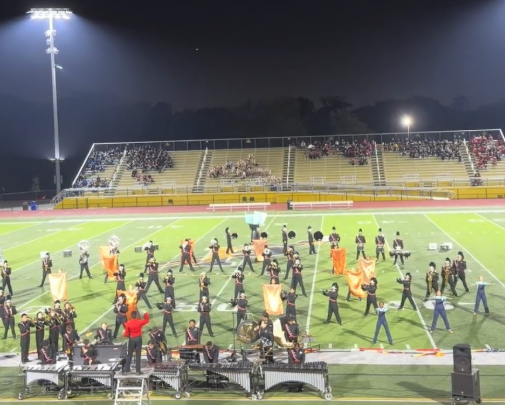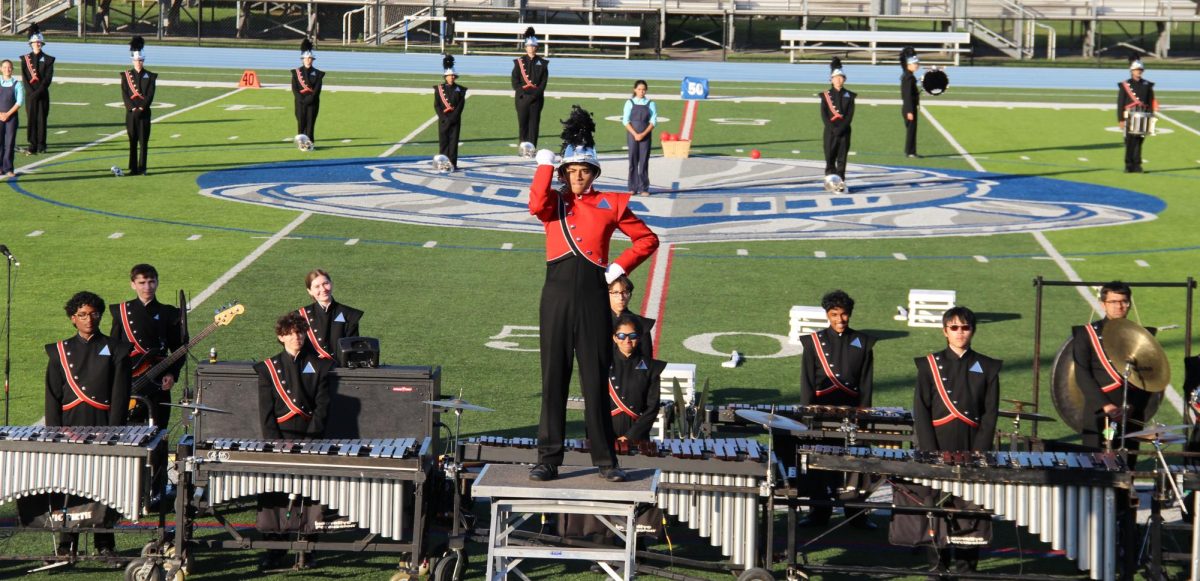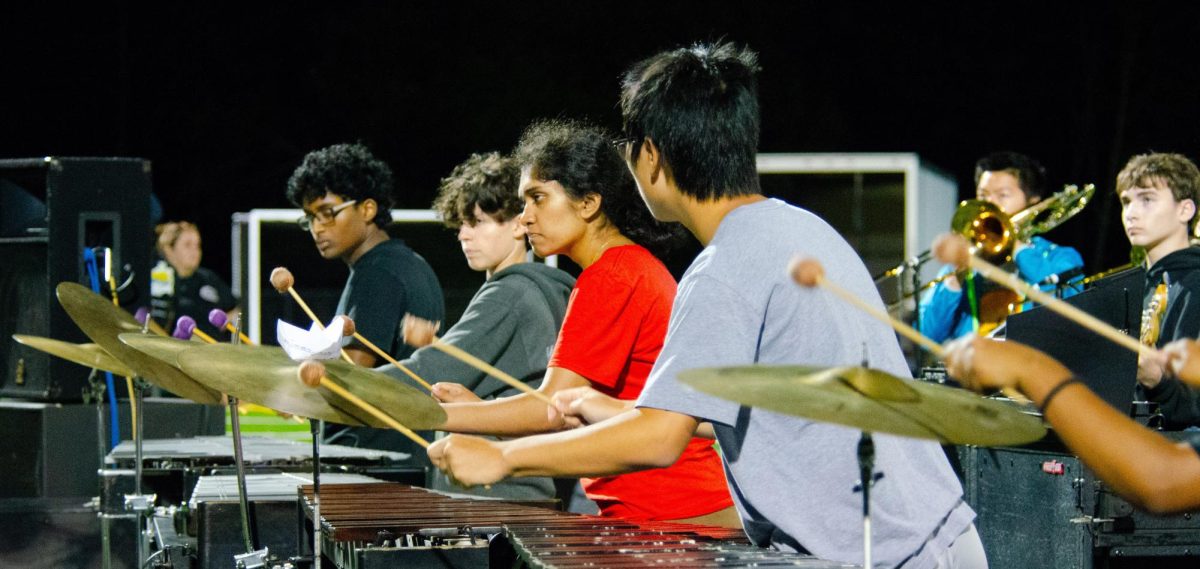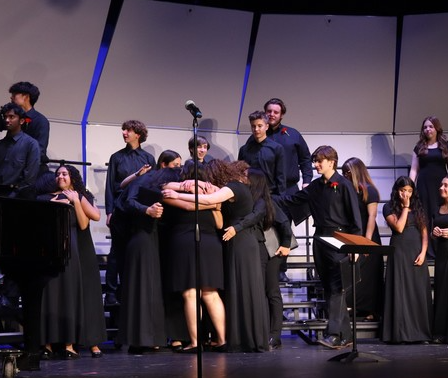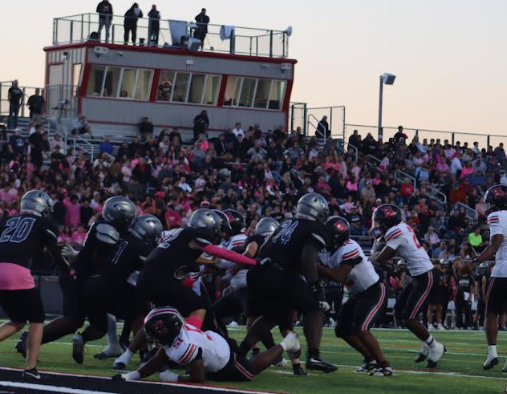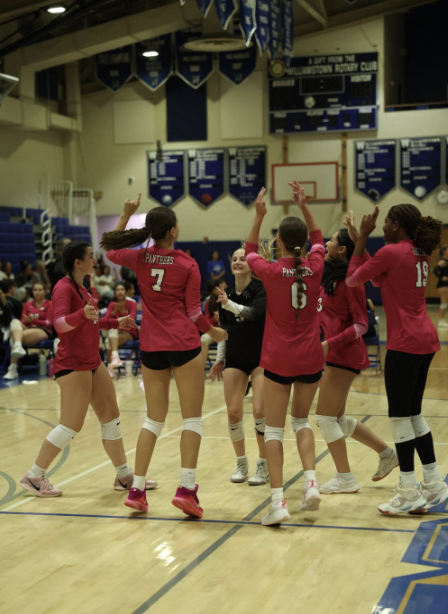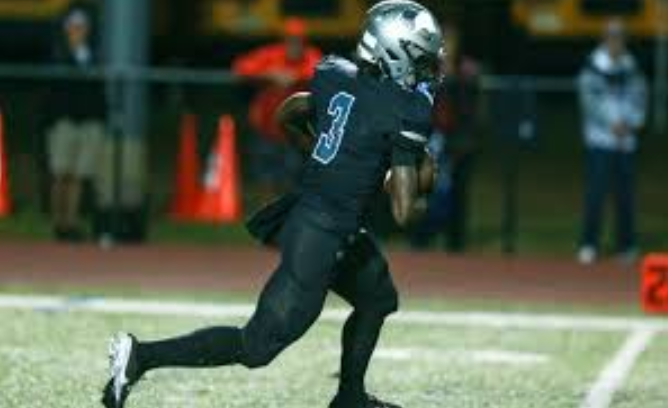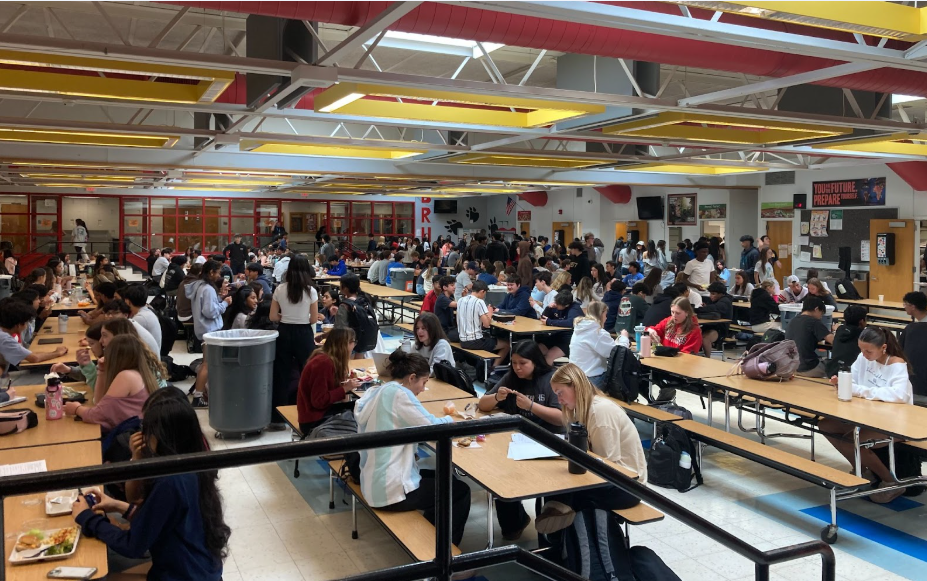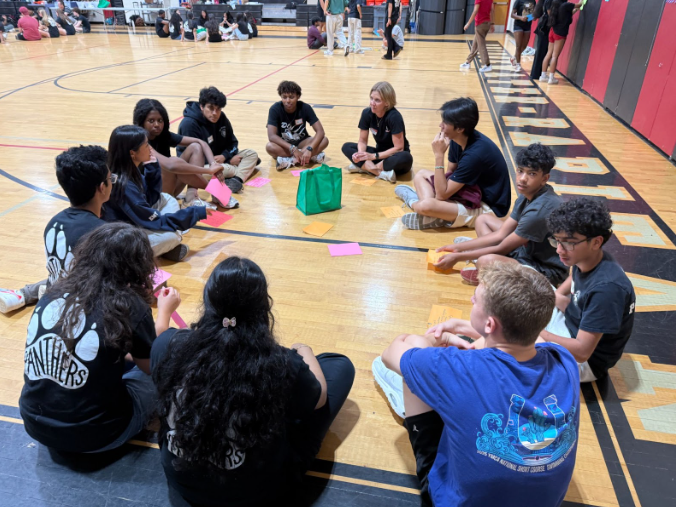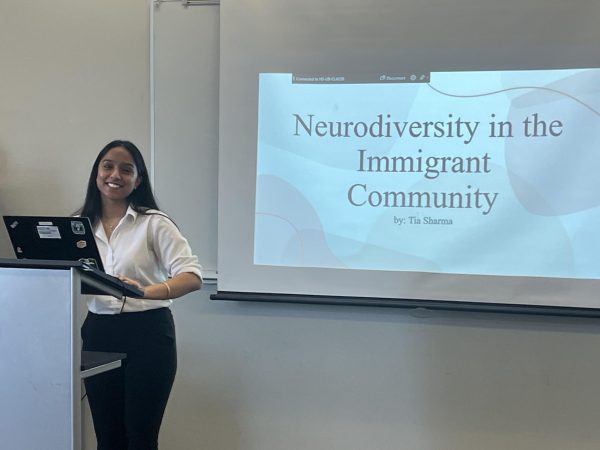
During the week of April 21-25, upperclass AP Research students at Bridgewater-Raritan High School presented their research studies to a panel of graders.
This was the culmination of a research process that began in the fall and was directed as a part of their AP Research coursework. It was not just another ordinary presentation—it was a chance for students to bring their work to light and explain its impact on the community, or even the world.
The AP Research is the second class in the AP Capstone Diploma program, offered by the College Board. Its prerequisite course, AP Seminar, helps develop research and presentation skills through a number of papers and both individual and team multimedia presentations. Beyond source evaluation and efficient research practices, the course piques an interest in students to learn more about the world and the different ways one can look at it.
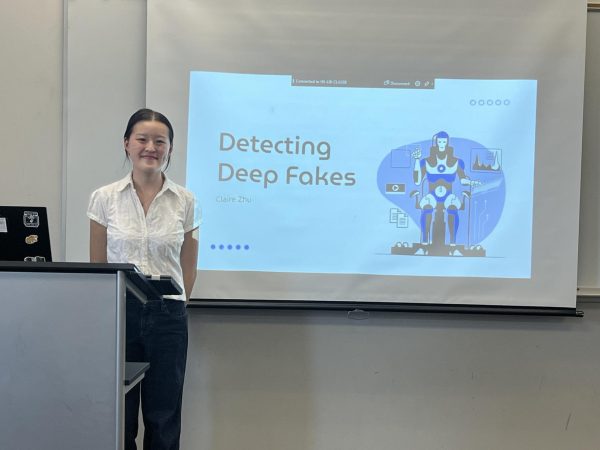
For AP Research, students are expected to fully plan, execute, and finalize an independent research study. Dr. Kathalyn Messano, the AP Research Teacher at Bridgewater-Raritan High School, plays a guiding role, providing students with directions to pursue their interests and observe issues at heart.
Preliminary months were spent exploring potential fields of research, observing which conversations could be further developed through student research. At the turn of 2025, students began to conduct their experiments or, in most cases, release their surveys in order to collect data.
A number of students published their AP Research surveys—revolving often around topics that relate to high school students—on the Google Classrooms of several teachers. The purpose was simple: getting as many responses as possible. This would fill out their data and provide them with information to base their eventual findings on.
Once all the data was collected, a process that looked rather different from student to student, the drafting process began: students spent several weeks drafting chapters of a research paper. Each portion of the paper encapsulated a certain facet of the research, and all the chapters would eventually come together in a composition representing the research as a whole.
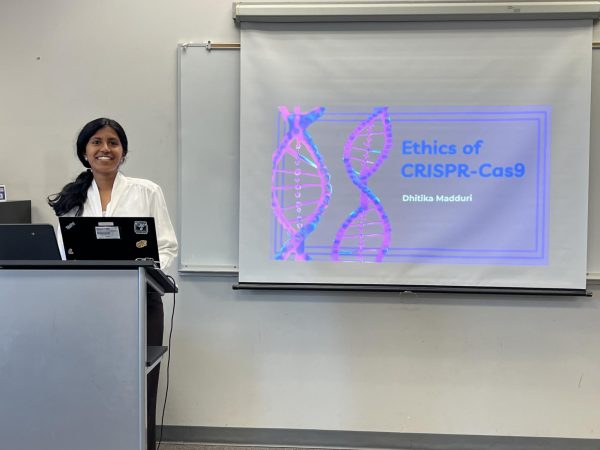
These research papers made up the first portion of the AP Research exam score; the second part was a research presentation. Students were permitted to discuss their research with a time constraint between approximately twelve to eighteen minutes. In that time, they would explain the preliminary research they conducted, the selection of their methodology, their results and their final conclusions.
Once the presentation was complete, the grader audience would ask a series of oral defense questions that elaborated on the students’ research processes and how they felt their findings contributed to the world. This was not only a testament to the deliberate preparation they undertook for the exam, but also a testament to the ability to effectively and efficiently answer questions relating to independent work.
Jonathan Vijay, a junior, addressed how his personal research study affected his perception of the world.
“The research study I conducted impacted my overall perception of the world with a positive connotation. I was able to build a better understanding of how students choose what to do after completing high school; this was the focus of my research,” he said.
Students were able to develop invaluable skills through the AP Research coursework.
Junior Toshani Jaladi spoke on what she learned.
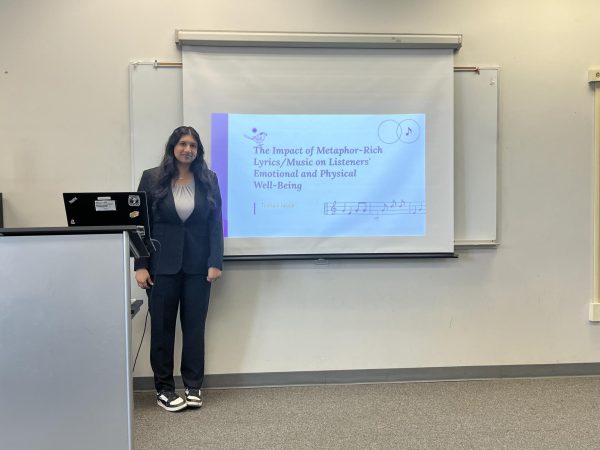
“One skill I gained from my AP Seminar and Research experience is the ability to analyze sources and synthesize information from multiple perspectives to build a strong, evidence-based argument. This helped me become a more confident and independent researcher as well as a more well-informed speaker,” she revealed.
All parts of the AP Research exam will be submitted digitally to CollegeBoard’s Digital Portfolio online on April 30. Students will receive a AP Seminar and Research certificate after completing both courses and are eligible to receive an AP Capstone Diploma with qualifying AP scores on at least four other AP exams.


